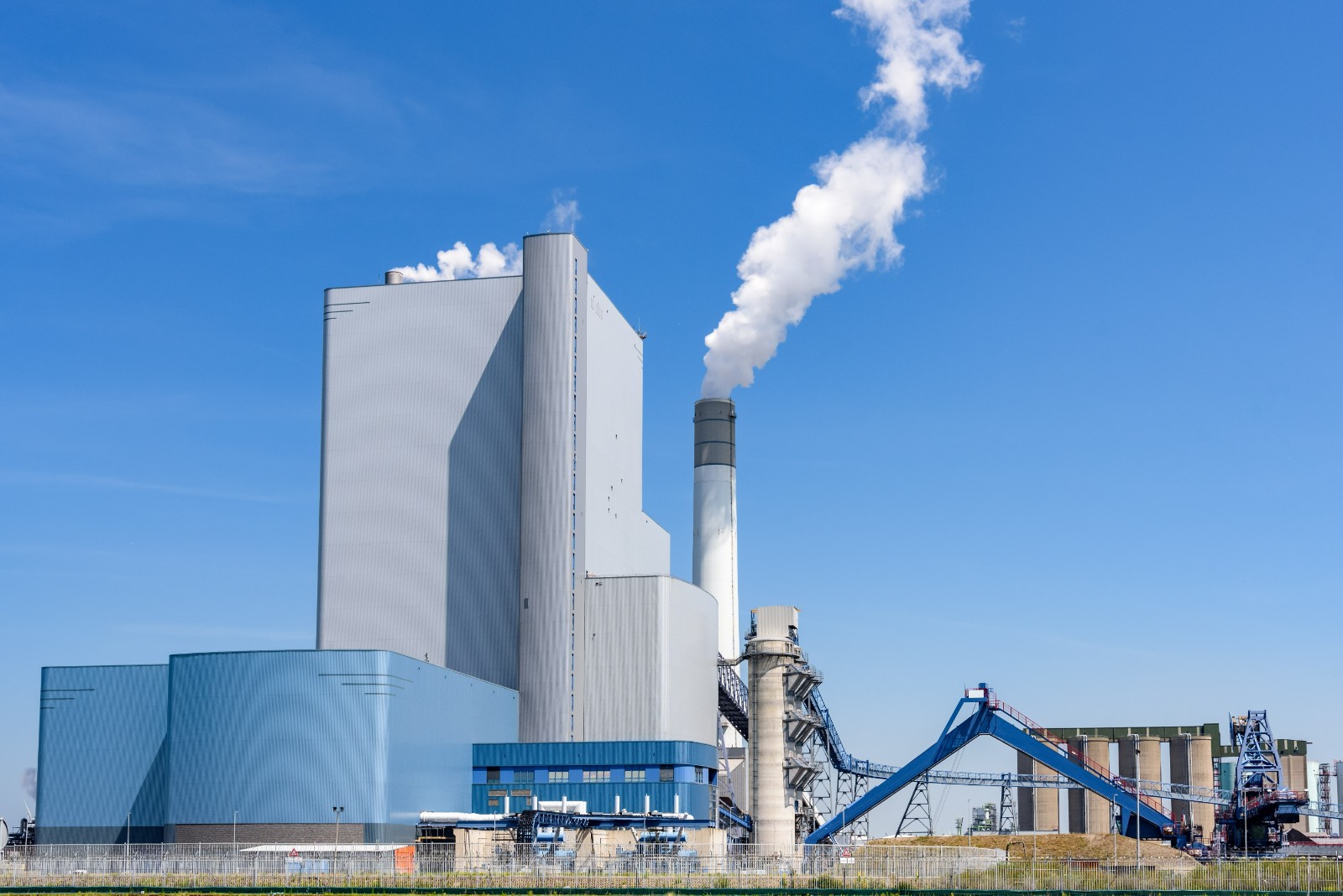
+86 18660102967 +86 18615518078
info@runh.com
While the global is moving towards the use of alternative energy, coal-fired generation continues to be a giant industry in the power sector. To grow efficiency, lower operational expenses, and follow strict environmental regulations, the industry is currently adopting automation of coal-fired generation, computerized coal-fired power plant control, and more extensive use of high-technology coal-fired electricity plant emission controls. These technologies, either directly or indirectly, are converting the aging coal plant into a leaner, cleaner, and smarter power generator.
An automated coal-fired power plant employs sensors, machine learning (ML), and artificial intelligence (AI) to optimize the plant. Automation reduces human intervention, errors, and wastage in totality.

Improved Combustion Efficiency: Automated processes achieve real-time fuel and air ratios for optimal combustion and minimum wastage.
Predictive Maintenance: Artificial intelligence monitoring monitors equipment's health, and breakdown is foreseen beforehand before it happens, hence reducing downtime.
Load Balancing: Smart automation optimizes power production to the optimum by the sites nearest to locations of demand within the grid, with improved reliability and reduced operating cost.
Operating automated coal power plants makes it easier to achieve greater thermal efficiency as well as reduced fuel consumption.
Automatic control systems of next-generation coal power plants are the nerve center of the plant. They employ distributed control systems (DCS), programmable logic controllers (PLCs), and supervisory control and data acquisition (SCADA) extensively to control sophisticated processes closely.
Boiler Control: Automatically controls feedwater temperature, flow rate, and steam pressure for optimum boiler performance.
Control of Turbine-Generator: Power generation is maximum at minimum mechanical stress through an early corrective measure.
Automated Coal Handling: Maximum coal feeding efficiency with minimum inefficiencies is attained through smart conveyors and pulverizers.
The operation of coal power plants must be automated to minimize human interference.
Stringent control of emissions is one of the biggest issues for coal-based power plants. Emission control technologies reduce power plant emissions of harmful pollutants like sulfur dioxide (SO₂), nitrogen oxides (NOₓ), particulate matter (PM), and carbon dioxide (CO₂).
Flue Gas Desulfurization (FGD): SO₂ removal by scrubbing exhaust gases with limestone slurry.
Selective Catalytic Reduction (SCR): Reduces NOₓ emissions through ammonia-based catalysts.
Electrostatic Precipitators (ESP) & Fabric Filters: Prevent PM emission to the stack.
Carbon Capture and Storage (CCS): CO₂ capture technology for underground storage or use in industry.
Dividing the coal-fired power plant emission control technologies, operators can reduce their footprint without sacrificing compliance.
The real value of coal-fired power plants nowadays is the interaction between the automation of coal-fired power plants, automated coal-fired power plant control systems, and coal-fired power plant emissions control. For example:
Automated systems restrict burning to reduce NOₓ creation, thus reducing the load on SCR systems.
Artificial intelligence-driven analytics maximize FGD efficiency in real-time, which ensures the highest SO₂ removal efficiency.
Predictive maintenance renders emission control equipment breakdown-free, surprise-free.
Such an integrated framework maximizes efficiency and reduces environmental impact.
Since cleaner energy is a trend in the world, coal power plants can remain economical by changing. Through the use of coal power plant automation, smart coal power plant automated control systems, and newer coal power plant emission control technologies, one can ensure that such power plants are greener to operate.
Digital Twin Technology: Virtual replicas of power generation facilities for real-time optimization.
Hybrid Energy Systems: Merging coal power plants with renewables to facilitate variable power generation.
Predictive Emissions Forecasting AI: Advanced machine learning software that forecasts emissions and control optimization in advance.
The destiny of power plants is cast with automation, advanced control systems, and stringent emission controls. Future investment in automatic power plants, automatic power plant controls, and automatic power plant emissions control will render the industry cost-saving, cost-effective, and eco-friendly. Time goes by and technology progresses, and power plants can still have a fruitful life in the power industry.
Interested in learning more about how power generation is being transformed by digitalization? Let us know in the comments!
+86 18660102967 +86 18615518078
Block C,Yinfeng Fortune Plaza, No.1 Long'ao West Road, Lixia District, Jinan, China.
Copyright © Runh Power 2025 All rights reserved